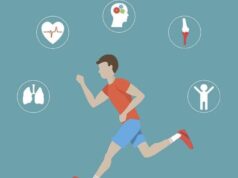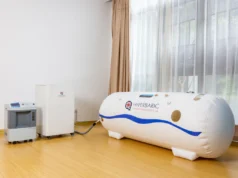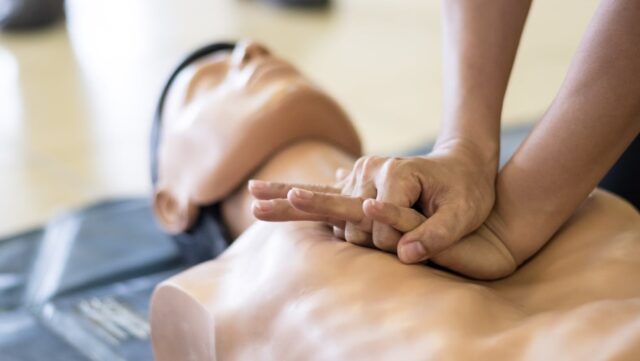
Every year, countless lives are saved thanks to quick-thinking individuals equipped with basic life-saving skills. Picture this: you’re in a park, and someone collapses. Knowing CPR and first aid can mean the difference between life and death. Yet, many shy away, thinking the learning curve is too steep. Let’s debunk that myth today.
Basic Understanding of CPR
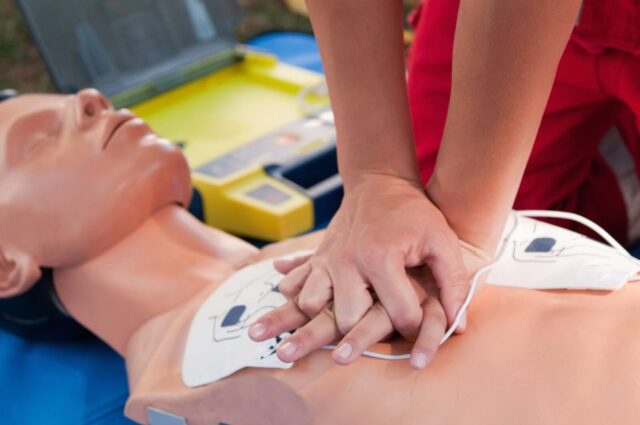
Understanding CPR is not just about technique, but also recognizing when it’s necessary. Cardiopulmonary Resuscitation is a procedure used when the heart stops beating, and normal breathing has ceased. It’s an interim measure to pump blood and oxygen around the body until professional medical assistance arrives.
Familiarizing yourself with the signs of cardiac arrest, including loss of consciousness, absence of pulse, and cessation of normal breathing, is equally as vital as knowing the process itself. While it may feel intimidating, proper training, practice, and a composed approach can make you an effective life-saver in a crisis. MyCPR NOW has what it takes for you to get the hang of more than just the basics of CPR, and first aid in general.
Step-by-Step CPR Techniques
When a person’s heart stops, every second counts. Cardiopulmonary Resuscitation, popularly known as CPR, is a life-saving skill that anyone can master with some training. Begin by laying the individual flat on their back. Next, position yourself on their shoulders. With straight arms, press hard and fast in the center of their chest, aiming for a rate of 100-120 compressions per minute.
While compressions are crucial, don’t underestimate the importance of rescue breaths. After 30 compressions, give 2 breaths. To do this, pinch the nose shut, and breathe into the mouth until the chest rises. Repeat this process, swapping between compressions and breaths. Remember, if you’re unsure, even just hands-on compressions can be life-saving.
First Aid Essentials for Emergencies
Picture a scenario where someone is bleeding heavily from a wound. Would you know what to do? First, always wear gloves if they are available. Then, using a clean cloth or bandage, apply pressure to the wound, holding it in place. If the bleeding seeps through, don’t remove the first bandage, but instead add more layers.
Many emergencies require specialized first aid responses. For choking adults, the Heimlich maneuver can be an invaluable tool. Stand behind the person, wrap your arms around their waist, make a fist, and place it above the navel. Grasp the fist with your other hand and perform quick, inward, and upward thrusts to try and dislodge the obstruction.
Assessing the Situation Safely

Before diving into action, it’s vital to evaluate your surroundings. Safety should always be the priority. For instance, if there’s a car accident, ensure there are no immediate hazards like fires, gasoline leaks, or approaching traffic. Call 911 and await professional assistance if you feel the situation is too dangerous.
Being observant is also key. Look for signs that can give you clues about what might have happened. For example, an empty pill bottle near an unresponsive person could indicate a potential overdose. By analyzing the scene, you’ll be better prepared to offer appropriate aid.
Dealing with Common Medical Emergencies
Stroke, heart attack, and seizures – these medical emergencies can occur anywhere, anytime. For a stroke, look for facial drooping, arm weakness, and speech difficulty. If you notice any of these symptoms, time is of the essence. Ensure the person is in a safe position and call emergency services immediately.
For someone having a seizure, your primary role is to prevent injury. Clear the area around the individual, gently guide them to the ground, and put something soft under their head. Never put anything in their mouth. Once the seizure stops, gently turn them onto their side.
Handling Burns, Cuts, and Fractures
Burns can vary in severity. For minor burns, cool the burn under running cold water for 10 minutes. Avoid using ice. Once cooled, cover it with plastic wrap or a non-sticky bandage.
Deep cuts require a bit more care. Clean the wound if possible, but avoid probing it. Apply pressure with a bandage or cloth and elevate the affected area if possible. For fractures, immobilize the injured part using bandages, splints, or even clothing, but ensure it’s not too tight.
CPR and First Aid for Children and Infants
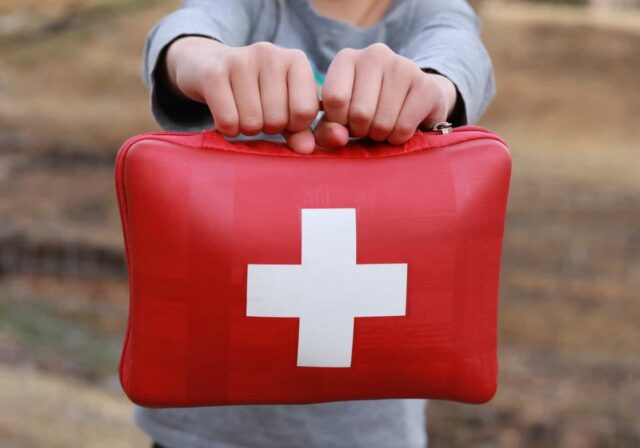
Children and infants require a modified approach. For CPR, use one hand or just two fingers for infants. Compressions should be about 1.5 inches deep for infants and about 2 inches for children. With rescue breaths, ensure you don’t inflate the lungs too much; it takes less breath to fill a child’s or infant’s lungs.
Choking is another major concern. For infants, use back blows and chest thrusts. Lay the baby face down on your forearm, support their head, and give five back blows. If that doesn’t work, turn the infant over and give five chest thrusts in the center of the breastbone.
Practice and Training Resources
While reading about these techniques is helpful, hands-on training provides a more tactile experience. Numerous organizations, like the American Red Cross, offer courses. Many are even available online, making it easier than ever to acquire these crucial skills.
Of course, real-life scenarios can be unpredictable. Thus, it’s wise to periodically refresh your skills. Practice makes perfect, and regular review ensures you’re always ready to step in when needed.
Certification and Recognition
Getting certified amplifies your confidence in providing first aid or CPR. Not only does it show you’ve been trained, but it can also be a requirement for certain professions. Check with local organizations to find certification programs near you.
Having these credentials can be a beacon, signaling to others that you’re a resource in times of need. Wear this badge with pride. You never know when you’ll be called upon to make a life-altering difference.
Final Thoughts
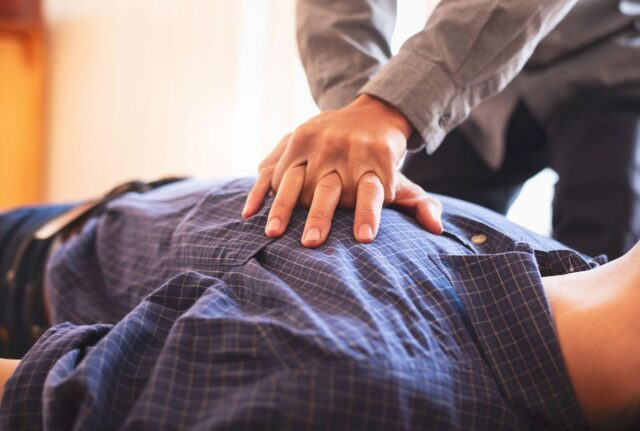
Equip yourself with the power to change a narrative. Turning a potentially tragic story into one of survival and hope is a gift beyond measure. With dedication, practice, and the desire to help, anyone can become proficient in CPR and first aid. Embrace the journey, and become the unsung hero in someone’s life story.

